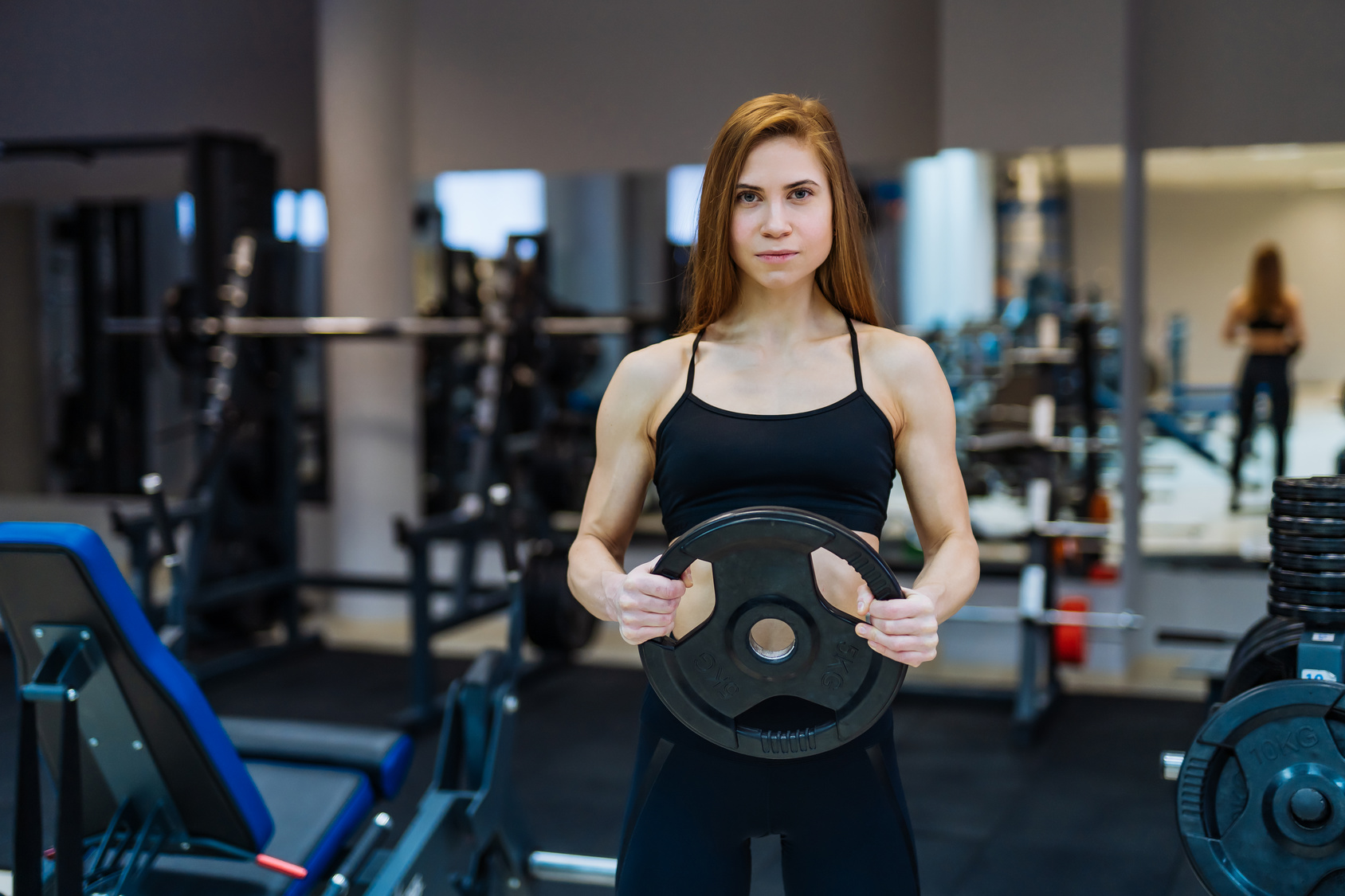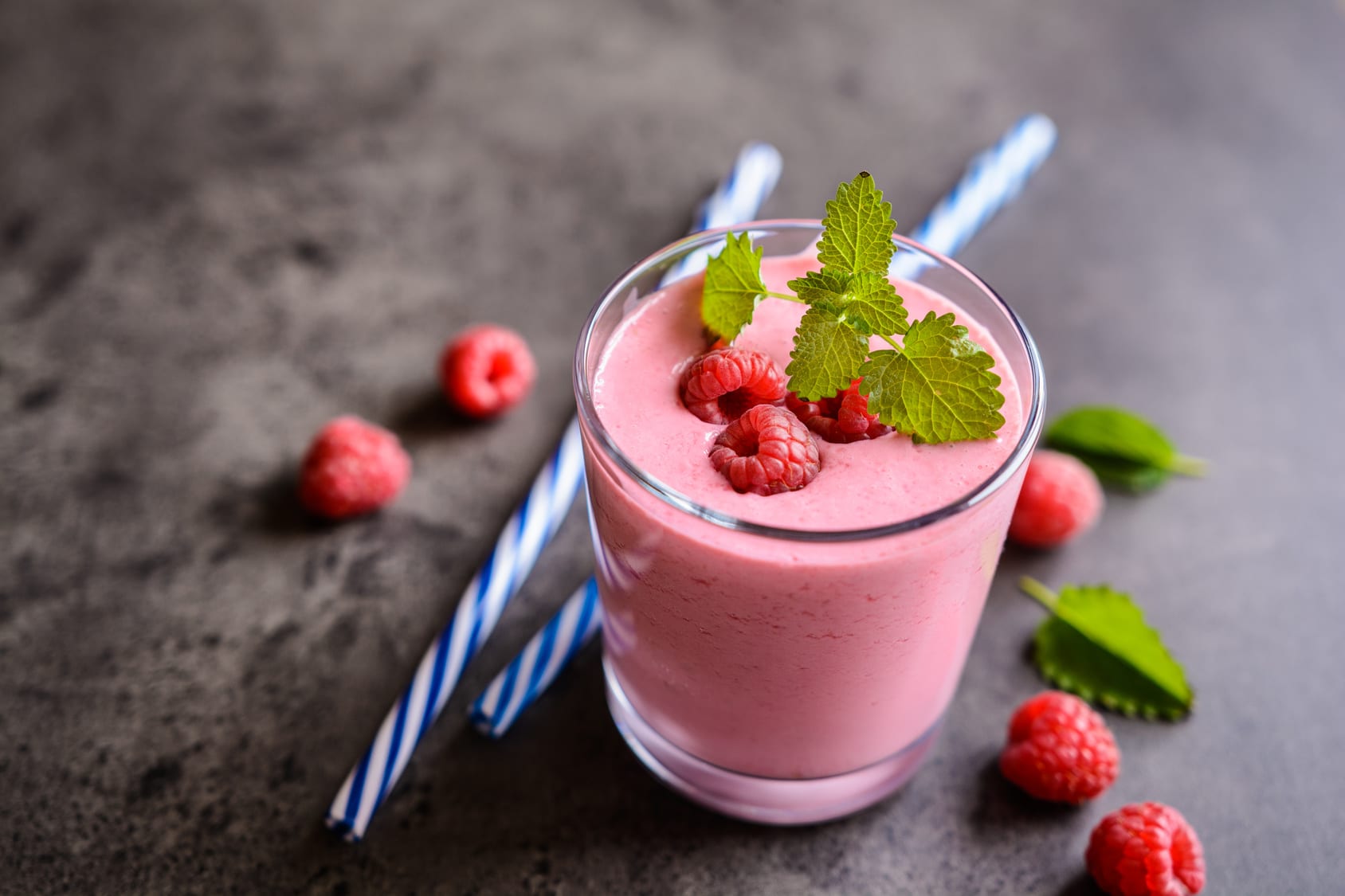Ready to transform your running experience and unlock new levels of performance? You’ve arrived at the starting line of a journey that could redefine your running game.
Picture this: You, gliding effortlessly through your favorite running route, feeling stronger, faster, and more resilient with every stride. The finish line is in sight, and it’s not just about the destination; it’s about the exhilarating journey you’re about to embark upon.
Welcome to the world of strength training – a game-changer for runners seeking to go the extra mile (literally) and shield themselves from the nagging specter of injuries. While logging quality miles on the road remains paramount, this isn’t your ordinary training regimen. It’s your secret weapon to becoming the best runner you can be.
Today, we’re diving deep into the realm where lifting weights and building strength collide with the art of running. You’ll discover how this dynamic duo can enhance your performance, prevent injuries, and pave the way to a stronger, more resilient you.
What’s the best part? Each one of my claims will be supported by relevant research, helping drive home the importance of strength training for runners.
Ready? Let’s get started.
What is Strength Training?
Let’s dive into the world of strength training, also known as weight lifting. It’s not just about hoisting weights; it’s a journey that involves pushing your limits against various forces like gravity, elastic bands, dumbbells, or weight machines.
But what’s happening under the hood, at the cellular level, is where the magic truly begins.
When you embrace strength training, you’re embarking on a path that can transform your body in remarkable ways.
Picture this: enhanced muscular strength and power, fortified tendons, denser bones, improved joint mobility, stability like never before, and a boost in endurance. Sounds like a superhero’s checklist, doesn’t it?
Now, you might wonder, why should I care about all of this? Well, here’s the exciting part: all these superhuman upgrades aren’t just for show. They play a pivotal role in safeguarding your body from injuries and supercharging your athletic performance.
But hey, don’t just take my word for it – let’s look at some of the benefits of strength training for runners that are backed by real science—not just anecdotes.
Improve Muscle Strength
If you’ve ever faced an overuse injury, chances are you’ve crossed paths with this culprit, and here’s why it’s such a big deal.
Running, as awesome as it is, can be a repetitive affair. When you’re clocking those miles, certain muscle groups get more love while others lag behind. Over time, this imbalance can set the stage for trouble – it’s like having a superhero with one super-strong arm and the other, well, not so super.
Here’s the kicker – when one muscle group gets used less, it can become weaker than its counterpart. Think of it as an uneven tug of war between muscles. This imbalance isn’t just a minor hiccup; it’s often the spark that ignites overuse injuries. And trust me, you don’t want those.
But here’s the twist in the tale. The muscle that’s working overtime, the stronger one, can actually rub salt in the wound. Its maximal contractions might irritate its weaker counterpart, all because it can’t play fair and counterbalance the force.
But here’s where the good news comes in. Enter strength training, the hero we’ve all been waiting for. With a well-crafted, balanced strength training plan, you can tip the scales in your favor. It’s like the ultimate muscle harmonizer.
The Research
Study I
Research Paper: “Effects of Resistance Training on Skeletal Muscle Strength in Older Adults: A Systematic Review and Meta-Analysis” by Peterson et al. (2011).
While focusing on older adults, this study conducts a systematic review and meta-analysis to investigate the effects of resistance training on skeletal muscle strength. It suggests that resistance training can address muscle imbalances, a critical consideration for runners.
Study II
“Effects of Resistance Training on Endurance Capacity and Muscle Strength in Young Endurance Athletes” by Støren et al. (2008)
This study explores how resistance training influences endurance capacity and muscle strength in young athletes, not limited to runners. It provides insights into how strength training can complement endurance training in various sports.
Study III
“Effects of Strength Training on Physical Function: Influence on Endurance, Strength, Recovery, and Injury Prevention” by Kraemer et al. (2019)
This comprehensive review discusses the broader effects of strength training on physical function, including its influence on endurance, strength, recovery, and injury prevention. It emphasizes the multidimensional benefits of strength training for athletes.
Study IV
“Resistance Training and Elite Young Athletes” by Moran et al. (2017)
This study examines the role of resistance training in the development of elite young athletes across different sports. It discusses how strength training contributes to athletic performance and injury prevention in a broader athletic context.
2. Improve Running Economy
Running economy isn’t just a fancy term; it’s the secret sauce that can take you further and faster than you ever thought possible.
Picture this: with each stride, your body is a finely-tuned machine, burning up oxygen to keep you going. Now, if you’re looking to outperform your personal best, here’s where running economy steps in. It’s all about using that precious oxygen more efficiently at different running paces. Why is this crucial? Because the better your running economy, the farther and faster you can run without hitting that dreaded wall.
But hey, I get it; you might be thinking, “Why should I believe this?” Fair enough! Let’s turn to the research, shall we?
Numerous studies have uncovered a fascinating truth: runners with better running economy are like energy-saving champions during their training and races. They can go the distance while using their energy with laser-like precision. And what’s the link between this and strength training, you ask?
Well, it turns out that strength training is your secret weapon to supercharge your running economy. Whether you’re lifting weights or diving into bodyweight exercises like box jumps and frog hops, you’re tapping into a wellspring of power that can catapult your running to new heights.
Here’s the science behind it: strength training boosts your body’s ability to harness elastic energy. Think of it as a slingshot for your muscles. When you push off the ground, that stored energy propels you forward with less muscle effort. Translation: you can cover more ground with less struggle.
The Research:
Study I:
Research Paper: “Effects of Strength Training on Running Economy in Highly Trained Runners” by Ronnestad et al. (2008).
This study examines the impact of strength training on the running economy of highly trained runners. It investigates whether incorporating strength training into their training regimen leads to more efficient use of energy during running, potentially resulting in improved performance.
Study II:
“Strength Training Improves Running Economy in Recreational Marathon Runners” by Aagaard et al. (2011)
This research focuses on recreational marathon runners and investigates the impact of strength training on running economy. It highlights how strength training can benefit runners of varying levels, not just elite athletes.
3. Improved Bone Density
Now, you might be wondering, why should I care about bone density? Well, here’s the scoop.
Research has spoken loud and clear: engaging in weight-bearing activities is the gold standard for boosting bone density. Think of your bones as the foundation of your running career. The stronger that foundation, the less likely you are to face the nemesis of many runners – stress fractures.
Now, you might ask, what’s one of the best weight-bearing activities out there? You guessed it – lifting weights. When you lift, you’re not just defying gravity; you’re taking on resistance head-on. It’s like a battle, where your muscles and bones are the heroes.
So, why is this so important? Stress fractures, those pesky and notorious injuries, are like a runner’s worst nightmare. They can pop up out of nowhere and put a pause on your running goals. But here’s the silver lining – by improving your bone density through weightlifting, you’re effectively fortifying your bones.
Picture this: your bones become stronger, tougher, and more resilient because they have to support the extra load you’re throwing at them. It’s like giving them a workout of their own. The result? You’re not just reducing the risk of stress fractures; you’re paving the way for a longer, injury-resistant running career.
The Research
Research Paper: “The Effects of Weight-Bearing Exercise on Bone Mineral Density: A Systematic Review and Meta-Analysis of Randomized Controlled Trials” by Howe et al. (2011).
This meta-analysis systematically reviews randomized controlled trials to assess the effects of weight-bearing exercises, such as weightlifting, on bone mineral density. It provides insights into how weight-bearing exercises can enhance bone density and reduce the risk of stress fractures.
4. Improve Core Strength
Let’s uncover a running secret that might surprise you: your core is the unsung hero, the very bedrock of your running prowess. It’s not just about those flashy leg muscles; your core plays a pivotal role in your every stride.
Don’t just take my word for it; there’s an army of research backing this up. Multiple studies have made it crystal clear that a strong core is the golden ticket to better running performance and a lower injury rate.
Now, here’s where the magic happens. When you dive into core-specific exercises as part of your strength training routine, you’re essentially laying the foundation for reliable core stability and strength. It’s like building a fortress of power deep within your body.
Now, what exactly makes up this core we’re talking about? It’s a powerhouse team that includes your abdominals, your glutes, the lower back, and those often-underestimated hips. Together, they form an unbeatable alliance.
Why does this matter for you as a runner? Well, here’s the deal: a robust core means that extra stress won’t end up in the wrong places, like your lower back or lower body, causing pain and injury.
Research
Research Paper: “The Effect of Core Training on Distal Limb Strength: A Systematic Review and Meta-Analysis” by Behm et al. (2016).
This study conducts a systematic review and meta-analysis to explore how core training impacts distal limb strength. It provides insights into the relationship between core training and overall strength, which is essential for runners, especially in terms of injury prevention.
5. Improve Form & Posture
Are you familiar with the frustration of struggling to maintain proper form during those grueling long runs? If so, you’re not alone. It’s a challenge that many runners face, but there’s a solution that might surprise you – building stronger muscles.
You see when you’re out there logging those miles, it’s not just your lungs that bear the brunt of the effort. Your muscles, too, take a beating, and that can have a major impact on your form and posture.
But here’s the silver lining: by embracing total-body strength training, you’re not just working on your biceps or quads; you’re strengthening the entire ensemble. It’s like giving your body a suit of armor that can withstand the extra load and fatigue that often accompany long runs.
And here’s why this is such a game-changer: when your muscles are strong and well-conditioned, they become your allies in the battle against fatigue. They help you maintain that proper posture and technique, even when your body is screaming at you to stop.
Picture this: as you cruise through those long runs, your form remains impeccable, your posture stays on point, and you’re moving with an efficiency that’s nothing short of remarkable. This isn’t just a matter of aesthetics; it’s about making every stride count.
Research
Study I
“Strength Training in Endurance Athletes: A Theoretical and Empirical Perspective” by Mikkola et al. (2011)
This paper provides a theoretical and empirical perspective on the incorporation of strength training in endurance athletes’ training programs. It discusses the potential benefits of strength training for improving endurance performance across various endurance sports.
Study II
Research Paper: “Effects of Strength Training on Running Performance in Female Endurance Athletes” by Beattie et al. (2017).
This study investigates the effects of strength training on running performance, with a focus on female endurance athletes. It examines how strength training can positively influence various aspects of running performance, including form and posture.











